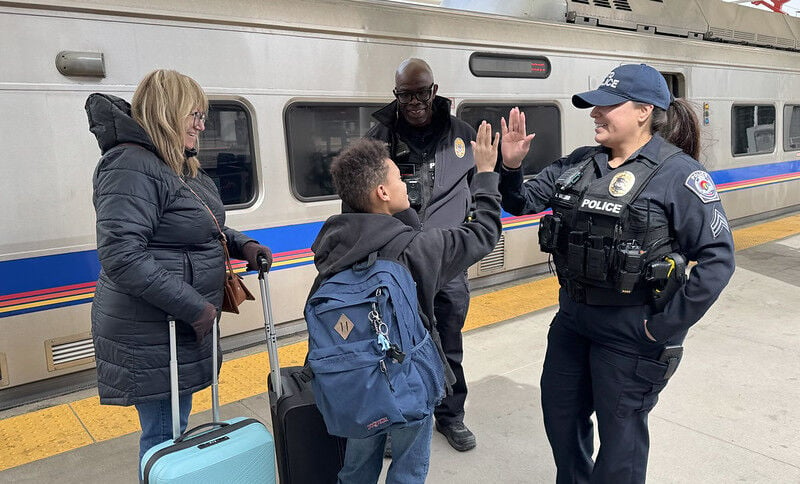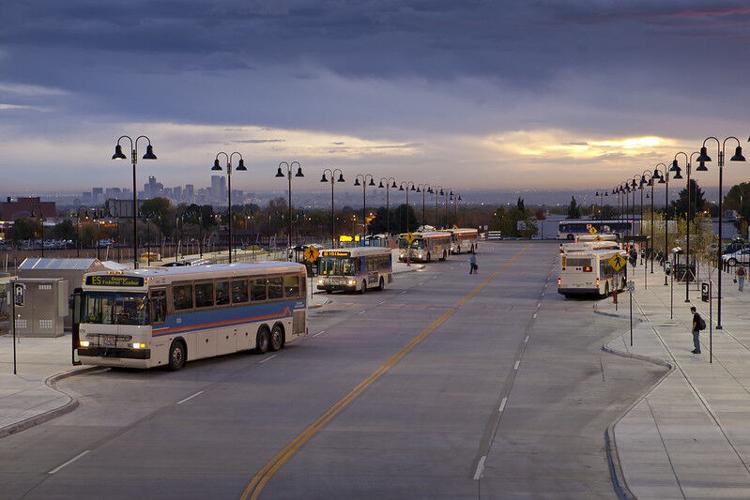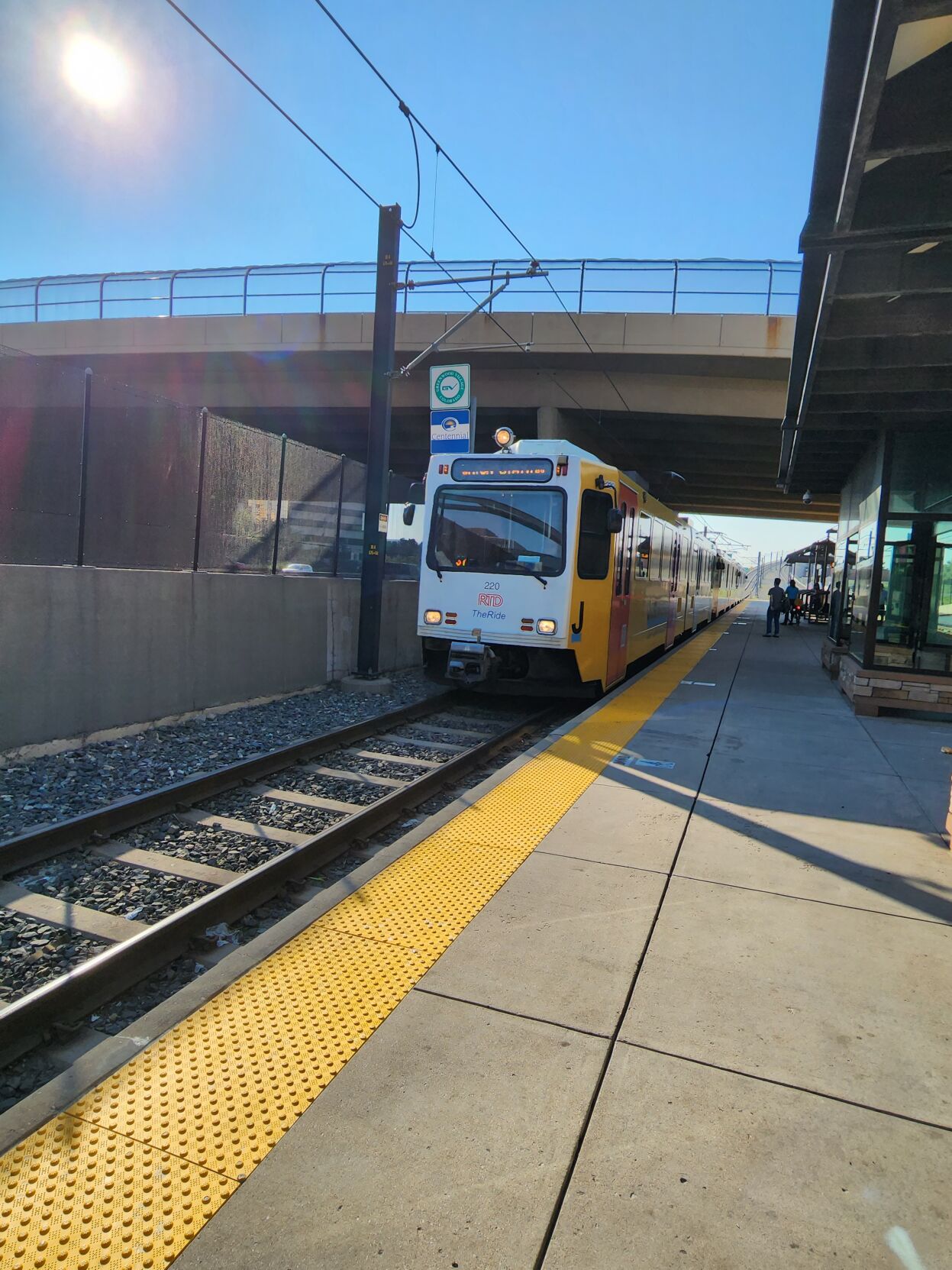RTD’s bus and rail services praised for exceptional service despite ridership decline
The Regional Transportation District reports that customer satisfaction with both bus and rail transit continues to show “double-digit” improvement in safety and security, cleanliness, on-time performance, frequency of service and the system’s overall value to the metro Denver area.
The district’s bus system exceeded the national average in 16 of 16 comparative service categories, according to a news release, and its rail services did so in 15 of 16 categories.
But the agency is still facing challenges in encouraging people to use its buses and rail lines.
In 2019 RTD had total annual boardings of 105,824,000. But ridership took a nosedive in 2020 and 2021, during the COVID-19 pandemic and ridership still hasn’t recovered to pre-pandemic levels.
In 2020, total boardings dropped to 52,617,000, and in 2021, it fell to less than half of pre-pandemic levels, to 49,033,000.
“For the fifth consecutive year, RTD commissioned a comprehensive survey of its customers and the community to understand the agency’s strengths and identify areas for improvement. In April, research firm ETC Institute conducted the annual surveys and provided comparative national data and benchmarks,” said RTD officials in the release.
“The survey results reflect RTD’s direct impact and value public transit has across the communities it serves within the Denver metro area,” General Manager and CEO Debra A. Johnson said in the release. “Over the last year, the agency has implemented several consequential tactics related to creating a welcoming transit environment and enhancing the customer experience.”
Riders saying they use RTD transit options to get to work increased by more than 7% from 2024.
However, ridership decreased by 8.94% for rail boardings and by 3.95% for bus boardings between 2023 and 2024.
The total annual boardings increased by 0.08% in 2024, primarily due to a significant rise in Access-a-Ride use, which increased by 123.5% between 2023 and 2024.
Here are ridership numbers for the past three years:
- 2024: total – 65,230,065; bus – 42,689,708; rail (commuter and light rail) – 19,493
- 2023: total – 65,175,290; bus – 41,009,241; rail (commuter and light rail) – 21,318,629
- 2022: total – 61,602,568; bus – 35,479,174; rail (commuter and light rail) – 21,540,452
But it is Access-a-Ride and Access-on-Demand that show the most significant degree of appreciation.
An important metric in the report is the Net Promoter Score (NPS).
The NPS measures the likelihood that a person would recommend RTD’s services to someone else, based on a scale ranging from -100 to +100. RTD scores well in a national comparison.
“RTD’s combined customer NPS increased 24 points in 2025, and the score is up 13 points for bus and 19 points for rail. The across-the-board positive NPS means RTD has more individuals promoting its services than acting as detractors,” according to the report.
The NPS for bus services in Denver is +26, and the national average is -16, while the NPS for rail here is +31, and the national average is -3.
The most favorable opinions by riders are for Access-a-Ride, whose NPS is +54, and Access-on-Demand with an NPS of +81







